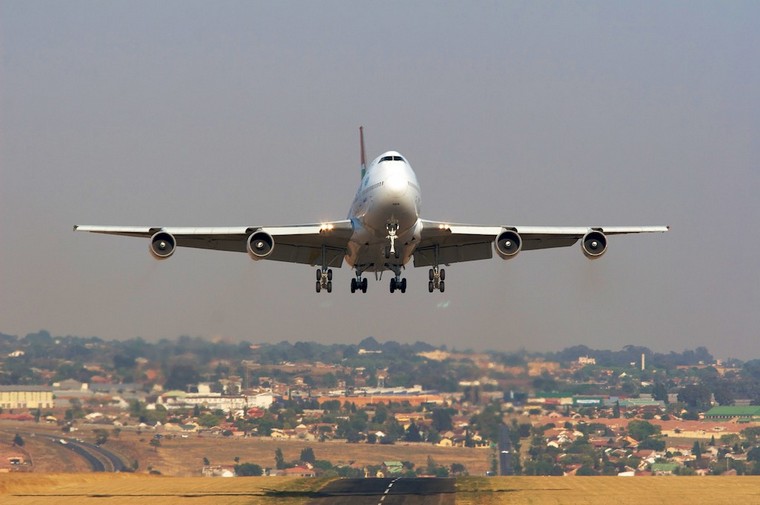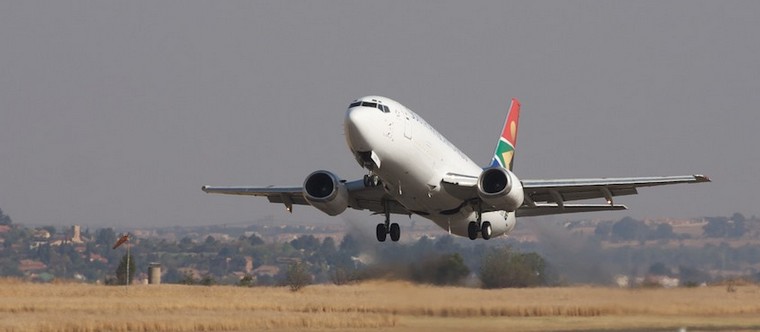Allison on Airliners-Hand Flying
By Steve Allison

There have been a few airline accidents where the cause was attributed to a hackneyed euphemism called "Pilot Error". Often when reading the accident report there is a sense of disbelief that an experienced crew could make such a fundamental mistake. Nevertheless, whether we like to believe it or not, mistakes are made, often due to a loss of situational awareness. There can be any number of factors leading to a loss of situational awareness; fatigue, turbulence, severe Weather, confusion due to a faulty instrument - the list goes on.
Aircraft and systems manufacturers are acutely aware of human failings and as a result have built all sorts of high-tech devices into modern airliners, to automate mundane tasks. An autopilot is an essential tool on an airliner and it is what's known as a "no go item". In other words if it isn't working the aircraft may not depart. Flying at high speed and high altitude would be nigh on impossible without an autopilot. As my good friend Karl Jensen, a retired Boeing 747 captain once told me, "Any of us can fly the aeroplane better than the autopilot but not for long." The autopilot doesn't experience fatigue and can carry on making constant small control inputs throughout a very long flight.

An autopilot is an essential tool on an airliner
One of the theories being put about is that airline manufactures are building in more and more automation so that operators have a larger pool of pilots to choose from. They are thus not restricted to recruit only very highly skilled pilots.
It is fundamental that a pilot should know how to fly the aircraft. Without that basic skill, the pilots should not be sitting in the cockpit. Training is where the system appears to be failing. Why train pilots hands-on flying skills when they are being taught to rely on automated systems? The logic being that, if the crew keeps the aircraft within its specified envelope, nothing will go wrong. That is all very well in an ideal world but the real world is far from ideal.

Aircraft and systems manufacturers have built all sorts of high-tech devices into modern airliners, to automate mundane tasks
Pilots do need to be trained primarily to use the auto-flight systems because that is the usual way in which they will be operating the aircraft. They should, however, also be trained on their manual flying skills. Let me be clear, we are talking in general terms here. There are airlines around the world that respect the need for hand flying training. Our own national carrier is of a mind to send its pilots on an aerobatic training course.
The problem is not limited to a pilot's ability to take manual control of the aircraft. There have been accidents involving highly experienced air force trained pilots. What tends to happen with automated systems is that pilots get used to relying on them. What happens when things go wrong is that the pilots with all the skills in the world come to grief. Why? Having become so used to the auto systems, even with the necessary hand flying ability, the pilots take too long to recognise the problem before they take any action.

If the crew keeps the aircraft within its specified envelope, nothing will go wrong
The question arises, should airline pilots be required to manually take control of the aircraft for a certain amount of time, for example 1 hour in 50, when the situation is appropriate? Conditions need to be suitable of course. It should be done when workload is not too high and without affecting passenger comfort. This would prevent avant garde pilot's hand flying in inappropriate situations. It should be agreed by both pilots, with the non-flying pilot monitoring the situation. Pilots could then keep current with manual control.

Having become so used to the auto systems pilots take too long to recognise the problem before they take any action.
There is a real need for pilots to retain currency of their manual flying abilities to be able to recognize and cope with subtle and sudden losses of automation.
|
     |























